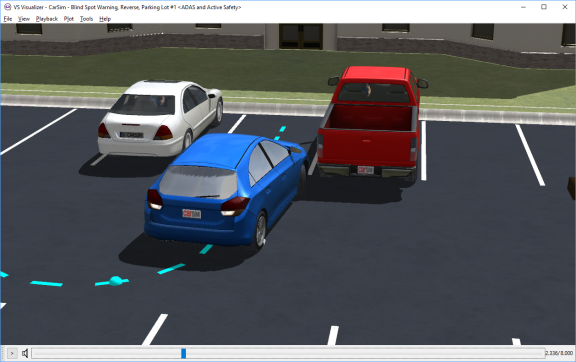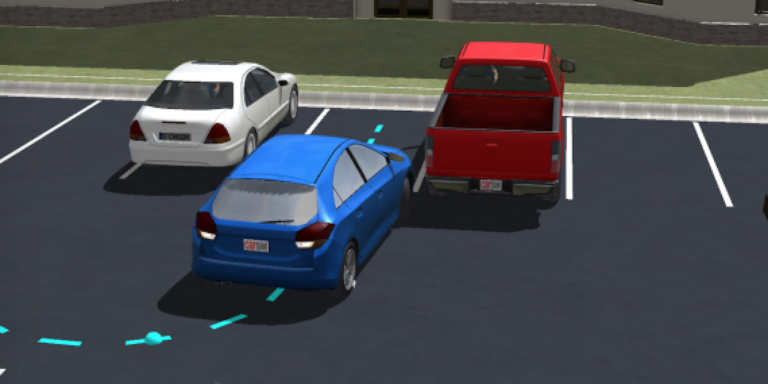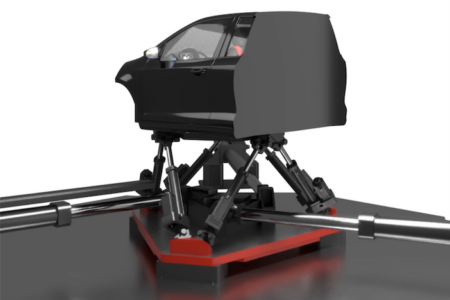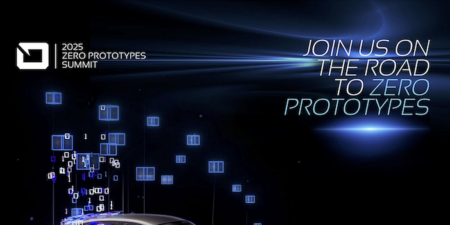Mechanical Simulation Corporation has revealed further developments in the 2019.1 versions of CarSim and TruckSim, its vehicle dynamics simulation tools which provide high-fidelity math models and can support real-time simulation with hardware in the loop. In addition to modeling the physics of vehicle dynamics, CarSim and TruckSim include built-in controllers to provide steering, throttle and braking controls to simulate vehicle testing and new scenarios needed by the automotive industry to evaluate advanced driver assistance systems (ADAS) and autonomous vehicles (AV).
According to David Hall, senior development and consulting engineer at Mechanical Simulation Corporation, “With the increasing emphasis on ADAS and AV, simulations need to represent limit conditions and control challenges that include low speeds and driving in reverse.”
In previous versions of the software, closed-loop steering was provided by a linear quadratic regulator (LQR) with optimal control and preview from 10 points on a target path. A new controller is introduced in the 2019.1 version, which uses a single target point and one parameter for preview. The controller uses a simple geometric solution that the company says remains valid well beyond the linear range, and inherently compensates for non-linear tyre properties. Dependence on a single target point means the target can be imported from external software, with users only needing to provide X- and Y-coordinates of a target point.
Both steering controllers (single point and LQR) have been extended to function when driving in reverse. Users provide a negative target speed and direct the transmission to be in reverse, invoking the reverse-travel logic. As with driving forward, the single point control can receive its target from external sources, or calculate it from a defined internal path.

In addition to steering by setting the steering wheel angle, steering by torque is now supported by both controllers. A steering wheel torque is applied to achieve the target steer angle calculated by the controller.
While many ADAS and AV controls have logic based on control of vehicle acceleration rather than speed, with these new software updates, acceleration and braking can be controlled with target accelerations.
“With the new control options,” Hall added, “engineers developing ADAS and AV capabilities like park assist or developing path identification strategies have more tools to evaluate their systems.”





